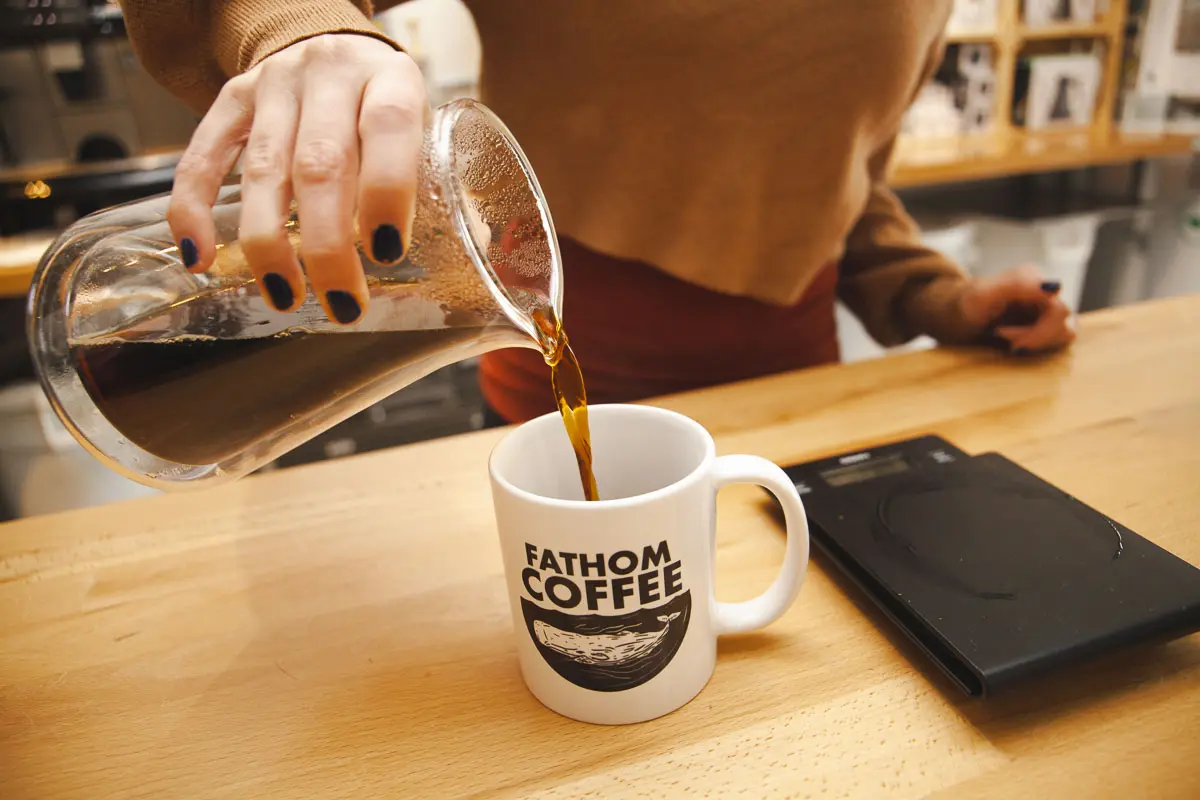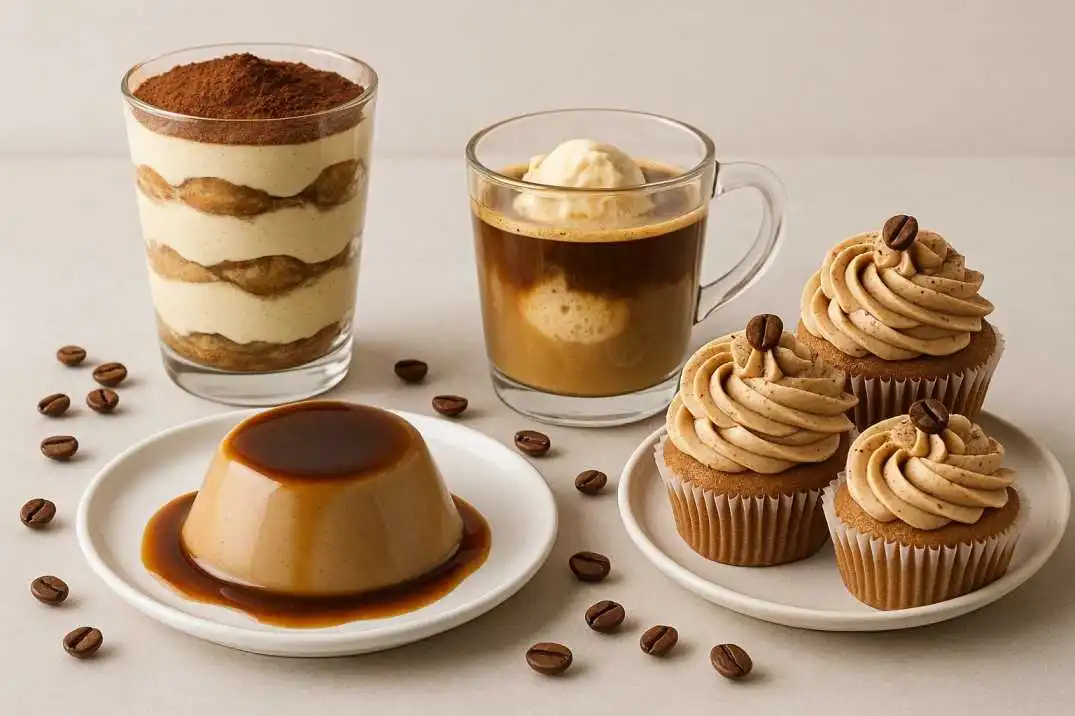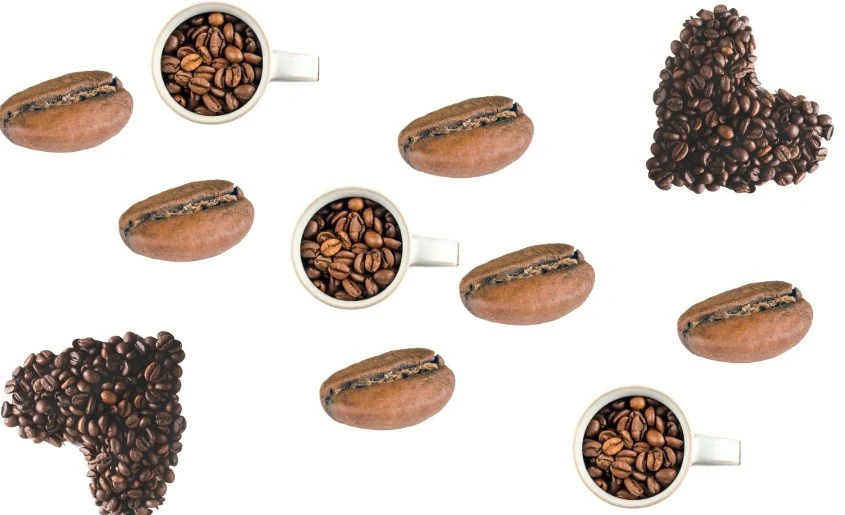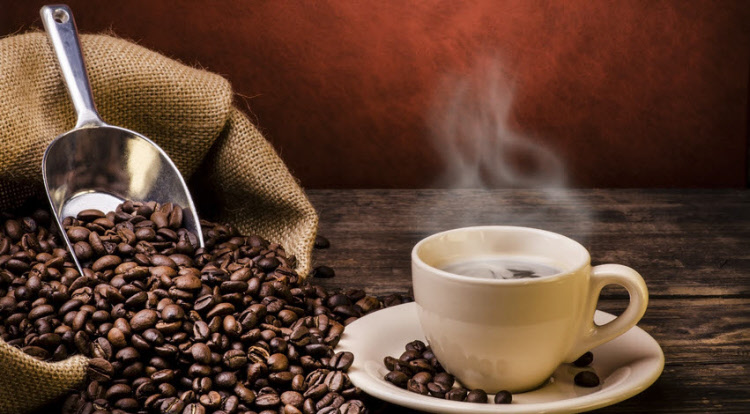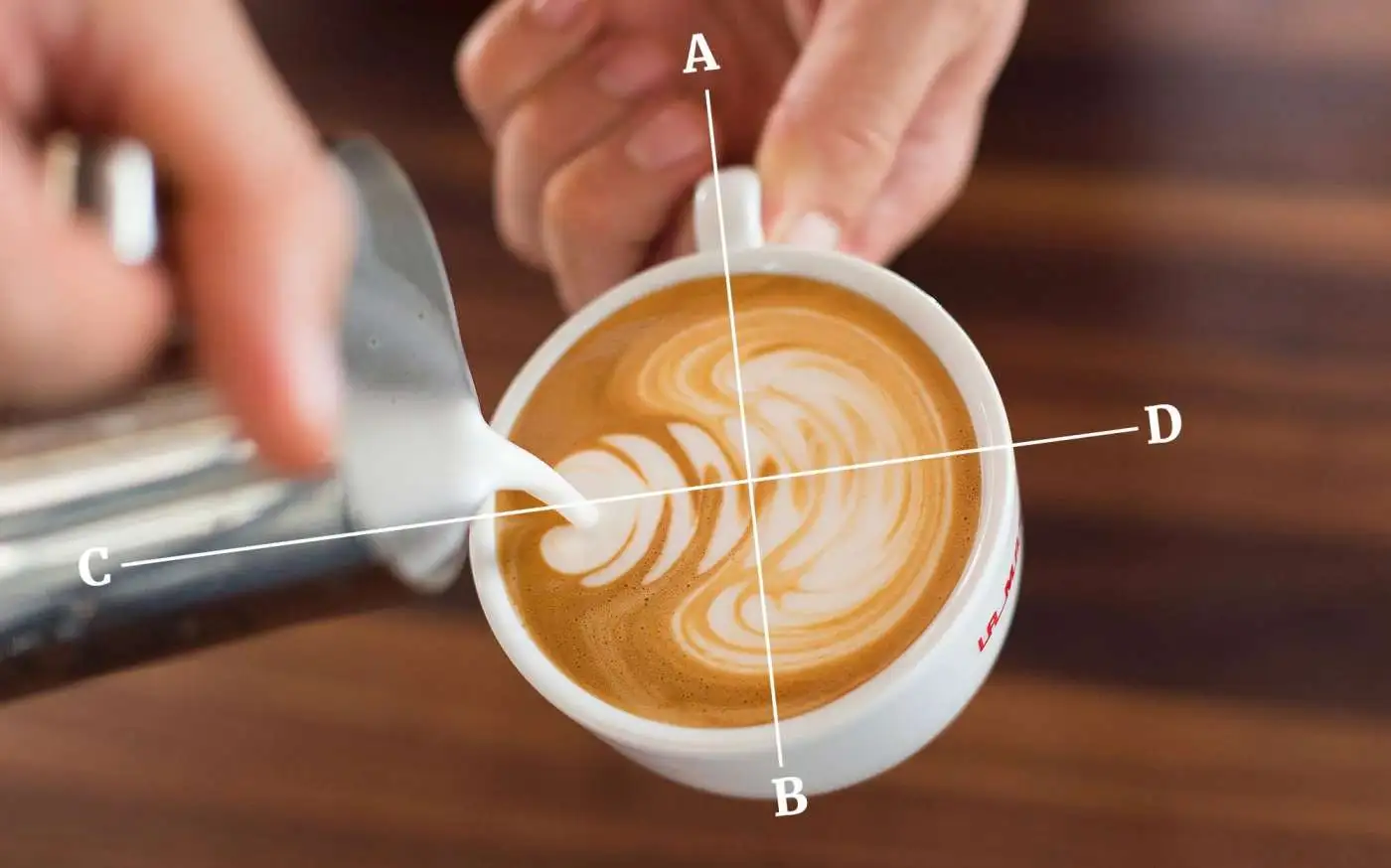
FOR espresso sweethearts, your standard fix is something that you anticipate each day, evening, or some other season of day. What's more, with such countless boundaries influencing the amount you get to partake in your espresso, many individuals think about making a decent shot of coffee a craftsmanship in itself.
In the event that you like your espresso with milk, you probably go over an alternate sort of craftsmanship: latte workmanship - the entrancing examples made in the froth beating your coffee drink. At any point thought about how to make latte craftsmanship in your own kitchen?
Baristas guarantee that there are two vital elements for making an extraordinary mug of latte: a new shot of coffee with a sufficient measure of crema and appropriately finished steamed milk. The motivation behind why you can't make latte by essentially adding normal milk to espresso has to do with both science and physical science.
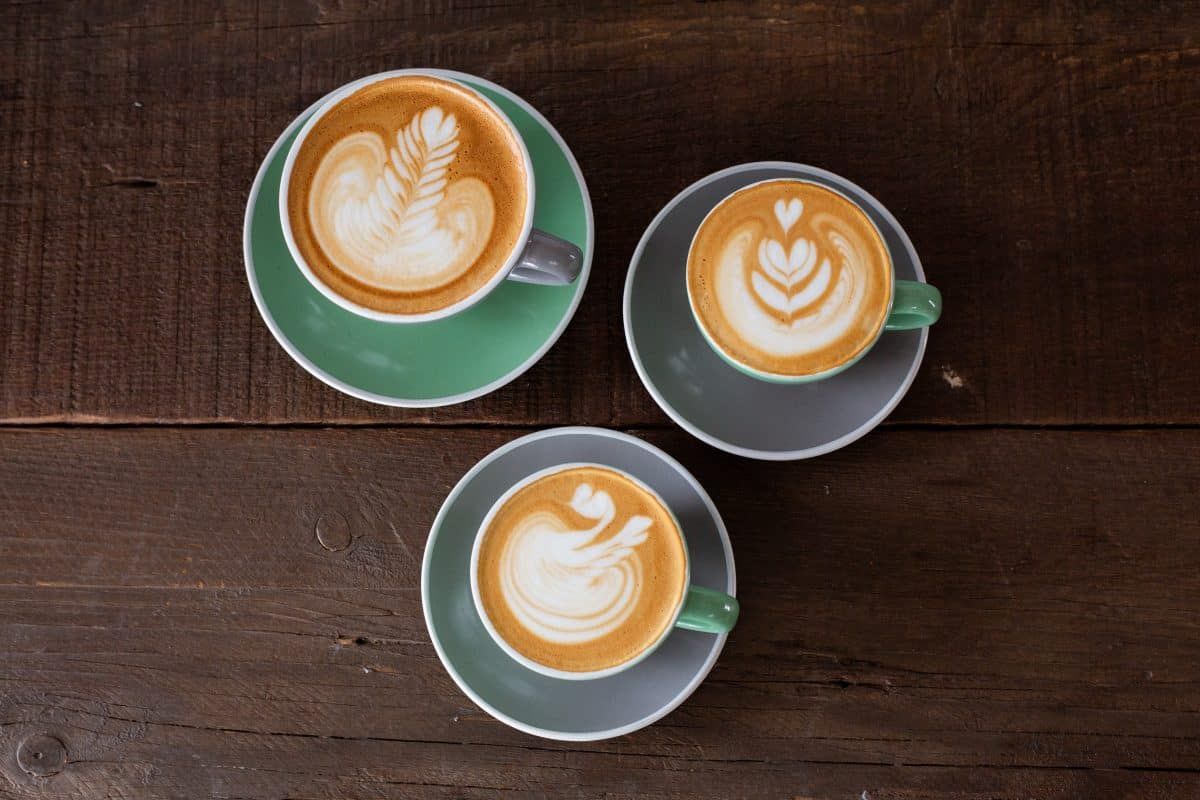
To make the 'microfoam' that is immersed your cup, baristas normally add steam to milk and afterward quickly heat it. This logical interaction is designated "denaturing" as it made the actual properties of milk be modified. Milk is basically made out of sugar, fat, and proteins. At the point when it is steamed, the fat and the sugars in the milk separate into more modest, easier sugars that make the milk better.
When your finished steamed milk is prepared, the following stage is emptying it into some coffee, which includes a few physical science. The barista pours the steamed milk so that the milk depletes first and wraps up with the froth to make the plan.
Other Mistakes People Make When Making Coffee Art
Other than adding ordinary milk to customary espresso, there are a couple of different slip-ups that novices make while pouring latte craftsmanship, such as: Pouring the milk too leisurely.
This makes the milk separate in the pitcher, bringing about less-circulated air through milk filling the drink and more-circulated air through milk staying in the pitcher. This makes pouring latte workmanship troublesome, yet additionally gives you an under-circulated air through refreshment.

Lifting the pitcher away from the drink surface while pouring: When you raise the pitcher away from the outer layer of the refreshment, it makes the milk plunge into the crema instead of laying on top of the crema to shape your craft. Keeping the spout of the pitcher excessively near the refreshment surface:
This makes the contrary difference, as the milk will in general skim the outer layer of the drink, so it doesn't make an example. In this way, now that you know the critical parts of pouring to make great latte workmanship (level, position, stream) you can attempt to pour your own cup.
Making latte craftsmanship is hard. There, we said it. Would-be baristas are in many cases deflected by several awful pours, yet truly, they could get worse at it short-term. The magnificence of the completed item, nonetheless, could very well merit all the difficult work required to dominate it.
Consider the last time you left your nearby café with a newly poured latte, finished off with an impeccably collected steamed-milk heart or tulip. We're wagering you required essentially one moment to appreciate it (Instagram it?) before that first taste.
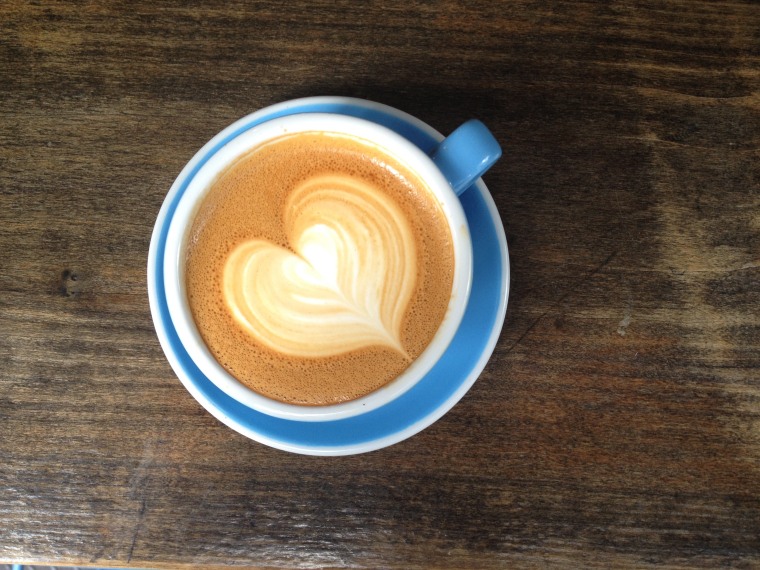
Our companions at ChefSteps who last week showed us the mysteries of the coffee sent in this video about rehearsing latte craftsmanship. Barista Charles Babinski shows us a portion of the tips and deceives he uses to show others how to pour latte craftsmanship, involving water in lieu of milk.
There's a ton of pouring, shifting, untilting, accelerating, dialing back and squirming involved, and a smidgen of tolerance and practice will go far here.
We have a challenging situation to deal with before we can declare ourselves the following Picasso of the latte world, however it's unquestionably a drawing in end of the week project.
ChefSteps contains a group of grant winning culinary specialists, movie producers, researchers, planners and designers zeroed in on reforming the manner in which individuals cook by motivating imagination and empowering mastery in the kitchen.
The website is at present contribution a free web-based class called Cooking Sous Vide: Beginning, as well as a $10 class called Cooking Sous Vide: Past the Essentials.
Frequently Asked Questions!
What do baristas use to make latte art?
Espresso and a coffee machine. Whether it's a fueled machine with an underlying steaming framework or something more straightforward like a manual coffee brewer, you'll require coffee. Milk (or another option!) and a steam wand, or one more method for delivering microfoam in your milk. A cup to fill.
Can you make latte art with regular coffee?
Latte workmanship can be made with an espresso, and we suggest making a coffee for the best outcomes. Notwithstanding, the main piece of latte espresso workmanship is to accurately pour the milk.
Is latte art a skill?
Indeed, even a basic example like a heart or priest's head requires practice, persistence, and a specific measure of dauntlessness. ( I generally tell baristas in my courses, you can't figure out how to pour latte craftsmanship without stuffing a couple of cups.)
Can you make latte art without crema?
The crema will make your latte workmanship truly stick out. Assuming you let the shot sit for a really long time (over 10 seconds) before you pour in the steamed milk, you will not get a lot of definition in your plans. A wide-mouthed cup will give you more space for your latte craftsmanship.




